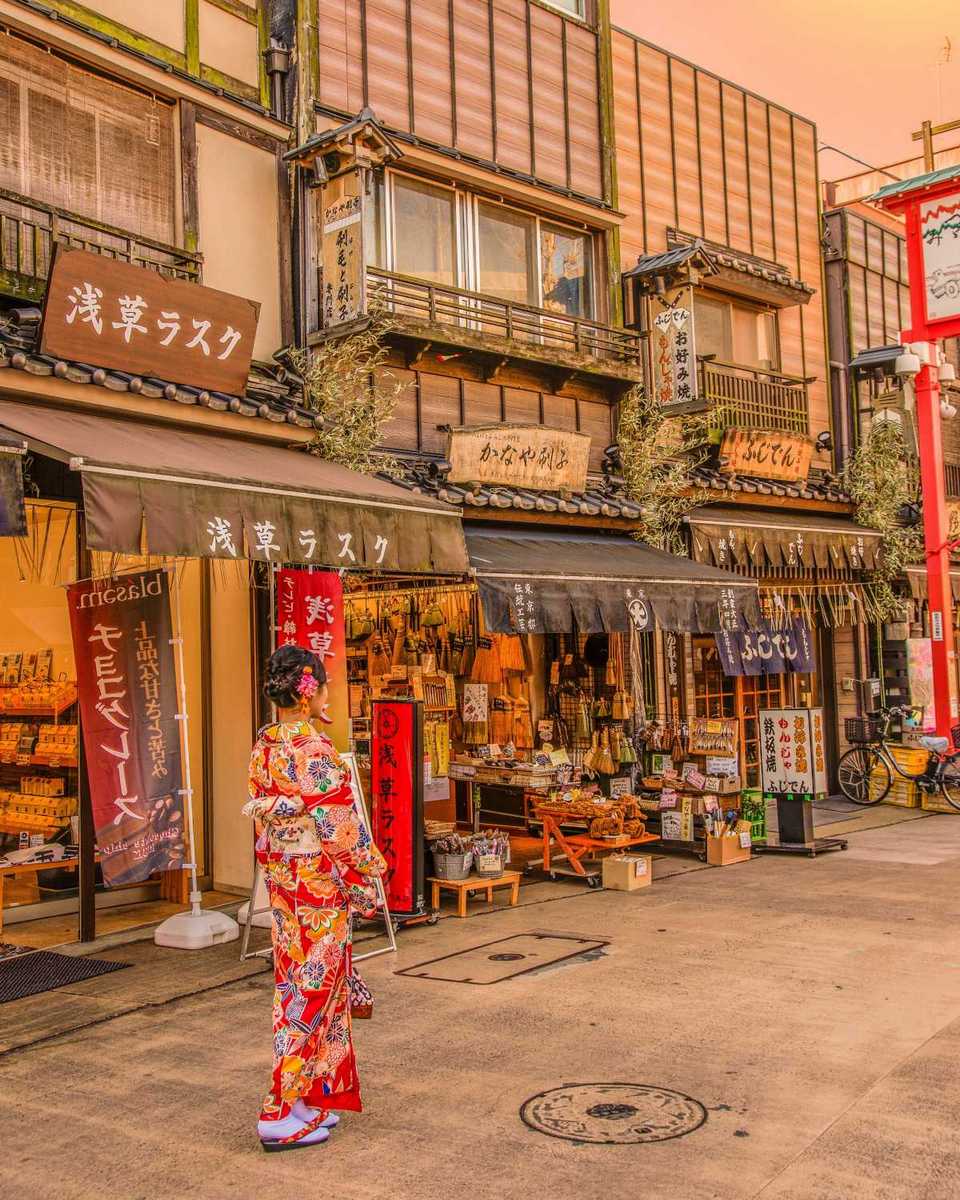Back in the Edo period, Tokyo was home to some of the most fascinating cultures in the world. Today, Tokyo’s Shitamachi means pretty much everything from Nihonbashi eastwards, and for many the capital of Shitamachi is Asakusa. So, is Asakusa worth visiting, how to visit Asakusa, what to do in Asakusa and how to plan a budget trip to Asakusa for the first-time perfectly? Let’s check out our Asakusa travel blog (Asakusa blog) with the fullest Asakusa travel guide (guide to Asakusa, Asakusa guide) from how to get to Asakusa, best places to visit, best time to come, what to eat as well as top things to do in Asakusa to help you maximize your trip as follows!
- 7 days in Japan itinerary: Suggested 1 week in Japan itinerary for what to do in Japan for 7 days
- The ULTIMATE Uji travel guide: Top attractions, best things to do in Uji Kyoto, Tips & MORE
- Kyoto itinerary 5 days: How to spend 5 days in kyoto perfectly?
- 19+ best sightseeing spots & most beautiful places to see in Japan: Mountains – Forests – Seas – Cities
- The ULTIMATE Gifu travel guide: Top attractions, best places to visit, stay & MORE





Asakusa is the traditional downtown area of Tokyo and home to many internationally known sightseeing places with many ancient structures combined with the modernity of skyscrapers. That contrastive feature creates a unique Asakusa in Japan. Here is what you should not miss out on in Asakusa, now let’s check all of them!
Overview of Asakusa (#asakusa travel blog)
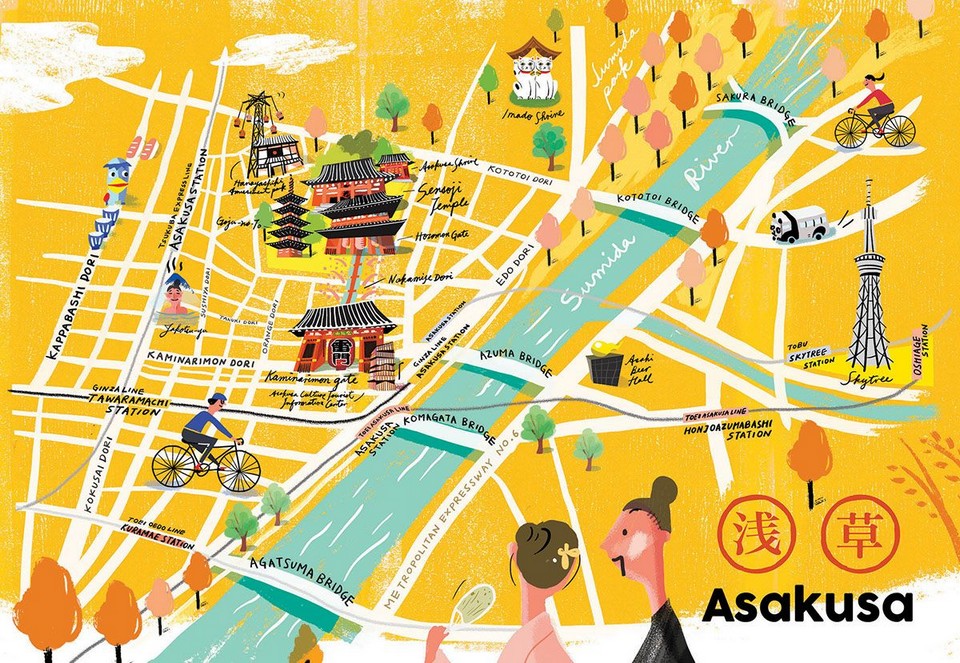
Asakusa lies in the northeast of Tokyo and is part of the Taito district. It is not only a famous tourist destination, but also known as the cradle of traditional art from the Edo period.



Despite the strong development of modern constructions, Asakusa still retains the most famous ancient architecture including Sensoji Temple and a series of other famous tourist attractions such as Tokyo Skytree, Nakamise shopping street, Hanayashiki amusement Park, Sumida Park, and more. Therefore, you have to visit Asakusa on your journey to Japan.
When is the best time to visit Asakusa? (#asakusa blog)

The best time to visit Asakusa is in spring (March to May) and winter (December to February). This is also the peak tourist time when will be heavily raining and snowing. In the summer (June to September) and autumn (September to November), the weather is cool despite the heavy rain which is the low season for tourism. Hence, travelers who hope for a budget journey should visit Asakusa during this season.
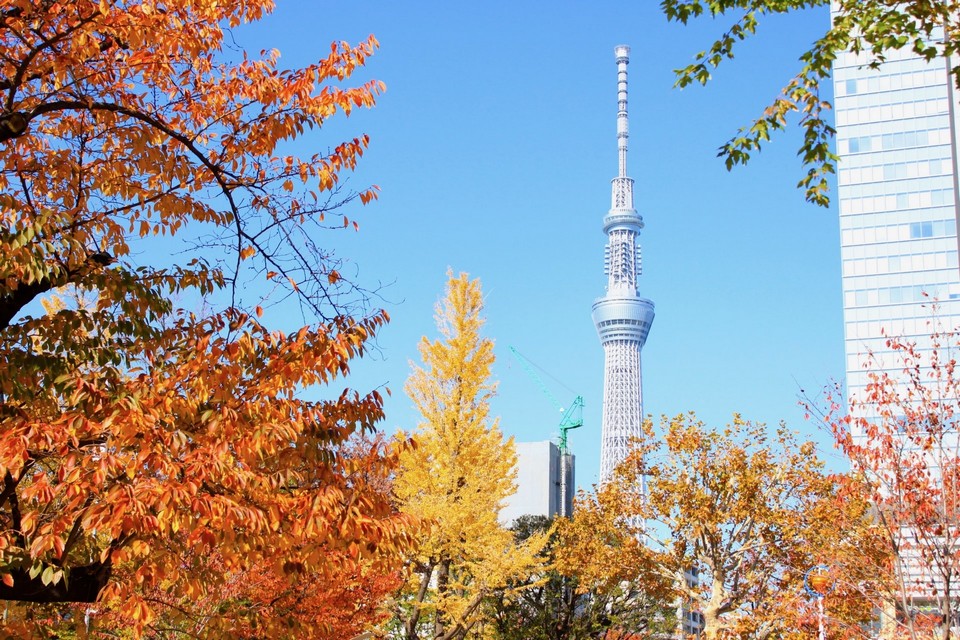

How to get to Asakusa? (#asakusa travel guide)
For an easy trip to Japan, you should book flight tickets to land at two airports in Tokyo, Haneda, and Narita. Some tips are as follows:

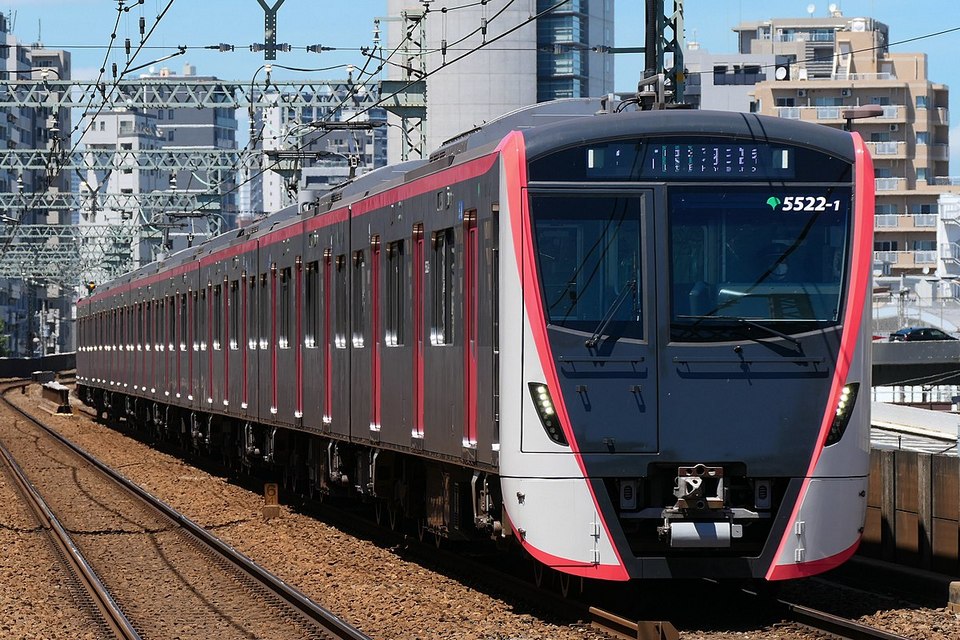
Depart from Narita Airport to Asakusa: You can take the Keisei Narita Sky Access Line towards Oshiage. In case you fail to reach the Asakusa Station on the Toei Asakusa Line, you can change to the Toei Asakusa train bound for Oshiage at Oume Station. The fare is about 1,290 JPY (9.64 USD) and the trip takes 57 minutes.
Depart from Haneda Airport: You can choose the Keikyu Airport tram line (towards Narita Airport) from either Haneda Kokusaisen Terminal Station or Haneda Kokunaisen Terminal Station, you will easily get to Asakusa Station on the Toei Asakusa Line. The fare is about 660 JPY (4.93 USD) and the trip takes 35 minutes.

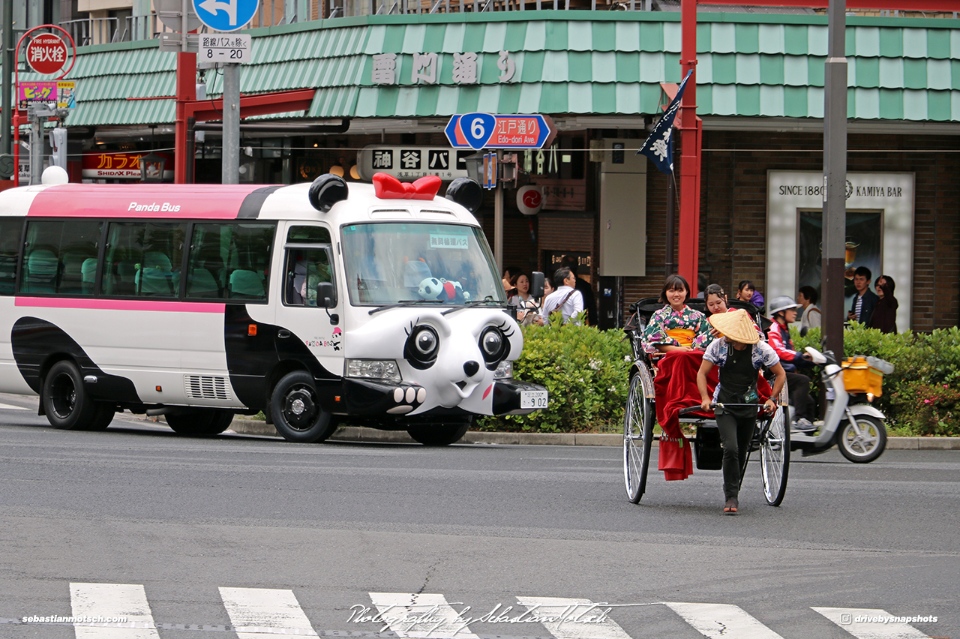

Move to Asakusa downtown with ease: You can choose popular means of transportation such as bus (100 JPY, approx. 0.75 USD); bicycle rental (200 JPY/day, approx. 1.49 USD); ships (780 JPY to 1,280 JPY, approx. 5.83 USD to 9.57 USD). Especially, the rickshaw, which is a type of 2-wheel vehicle pulled by 1 person, a vehicle that can carry 2 people, the rickshaw puller will also be a tour guide who helps you learn more about the landmarks in Asakusa.
Where to visit in Asakusa? (#asakusa guide)
In Asakusa, you will find popular historical places to see, many of which are the most visited tourist spots in the city.

Sensoji Temple: This is one of the most famous temples in Japan. It looks back on a 1,300-year-long history and is famous for its entrance gate called Kaminarimon, which stands out through its large red lantern with a 700-kg weight. It is a symbol of Sensoji.
Asakusa Shrine (Jinja Shrine): A famous shrine of the native Japanese Shinto religion was built in 1649. It is very close to the Sensoji Temple. The shrine is known as Sanja-Sama, which means Shrine of the Three Gods. The Sanja festival held every May in Asakusa attracts many tourists.

Otori Shrine: A place where is held the famous Tori no Ichi festival is every November. Praying at the shrine promises to deliver household peace and wealthy business.
Nishi Asakusa Hachiman Shrine: This place was founded in 1700 and is associated with the vibrant Asakusa Hachiman festival that attracts numerous tourists.
Tokyo Skytree: A television-broadcasting tower was opened in 2012 with a height of 634 meters. This is a landmark of Tokyo. The highlight of the Tokyo Skytree is its two observation decks, which offer spectacular views out over Tokyo and many entertaining services for visitors.

Edo Shitamachi Traditional Crafts Museum: This is a museum in the Asakusa area with displays of traditional handicrafts and cultural items from the ancient Japanese period such as household appliances, metal utensils, cooking utensils, etc. You also find traditional Asakusa art products at affordable prices.
Nakamise Dori: A shop-lined passageway leading up to Sensoji Temple, The street is adorned with approximately 90 stores that primarily sell souvenirs and an array of Japanese snacks, sweets, confectionery, and more.

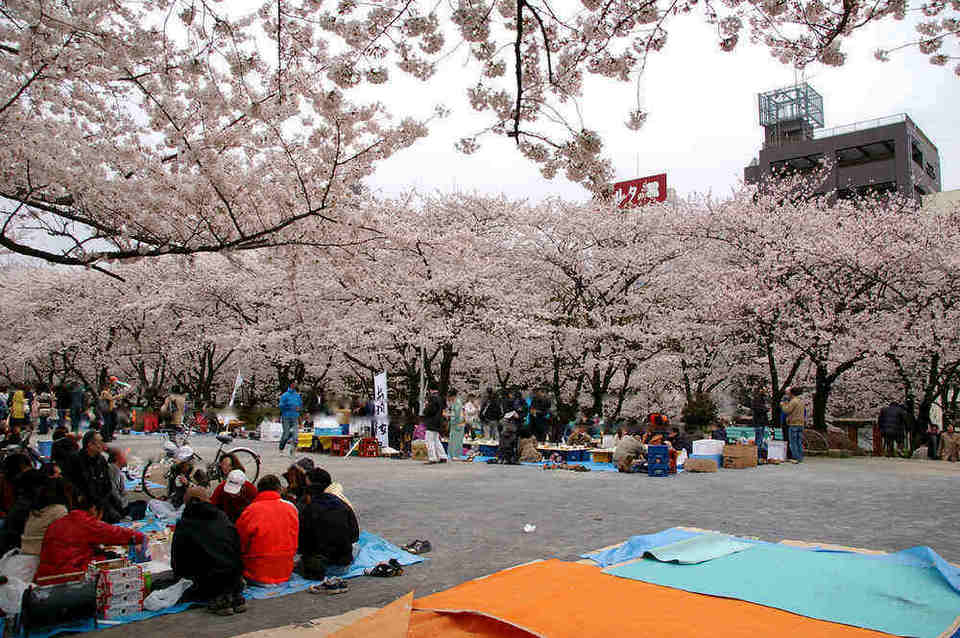

Sumida Park: A relaxing place for locals, who can walk or gather with many cherry trees surrounded. Especially, every person can gaze at the cherry blossom in spring.
Hanayashiki Amusement Park: Was opened as a flower park in 1853. This is one of the oldest amusement parks under operation in Japan.
Where to stay in Asakusa?
If you’re planning out where to stay in Tokyo, don’t leave the best hotels in Asakusa out of the running. Staying at the top-rated accommodations in Asakusa will put you close to all of it and give you a break from the bustle of Tokyo.
Asakusa View Hotel (Agoda, Booking)
Address: 3-17-1 Nishiasakusa, Taito City, Tokyo, Japan
Phone: +81 3 3847 1111

It has nice restaurants, banquet halls, meeting rooms, and much more, including 326 rooms, overlooking Tokyo Skytree and the streets of Asakusa that unfold below, and the City View Side, boasting a panorama of central Shinjuku and beyond to Mount Fuji.

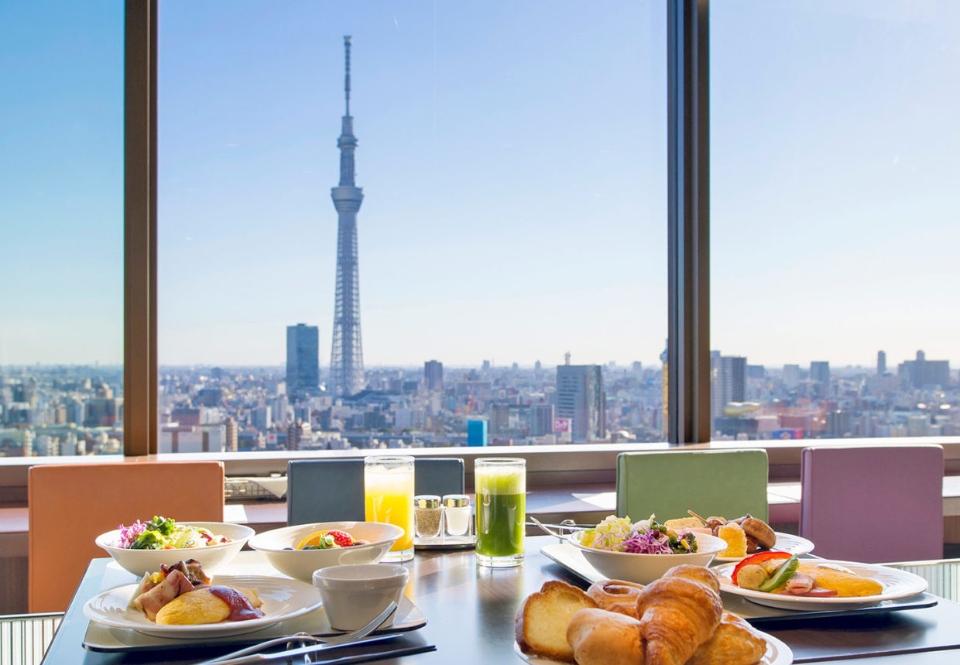
Price: Around 187.06 USD/night
The Gate Hotel Asakusa Kaminarimon by Hulic (Agoda, Booking)
Address: 2-16-11 Kaminarimon, Taito-ku, Asakusa, Tokyo, Taito, Japan
Phone: +81 3-5826-3877

The hotel was opened in 2012 with modern and stylish designs the hotel owns a modern style with 136 rooms. The rooms have private balconies, fitted with chic dark-wood furnishings and select amenities, rooms come with facilities like a flat-screen TV, writing desk, and fridge. There is also a 5-star restaurant, a 24-hour bar, and a beautiful view of Tokyo.


Price: Around 195.31 USD/night
Hotel Wing International Select Asakusa Komagata (Agoda, Booking)
Address: 2-7-5 Komagata, Taito City, Tokyo, Japan
Phone: +81 3 3677 1188

One walk from Asakusa Station on Toei Asakusa Line to the hotel. The hotel owns 69 rooms designed in Western and Japanese styles, many services are provided here such as laundry, elevator, 24-hour front desk, WiFi, and more.

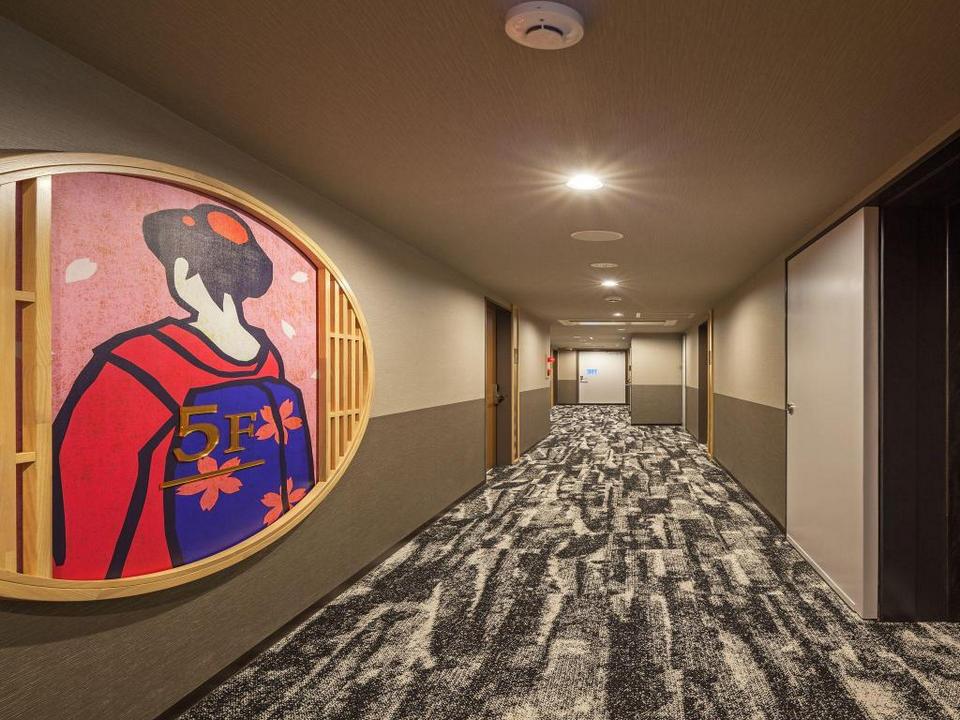
Price: 94.16 USD/night
B: CONTE Asakusa (Agoda, Booking) (#asakusa travel blog)
Address: 2-4-2 Asakusa, Taito City, Tokyo, Japan
Phone: +81 3 5827 5622

The hotel impresses with the Japanese style of serving Omotenashi. It is furnished with high-speed 24-hour, internet access, housekeeping, and cable television included in the room. The hotel also has a fully equipped kitchen for you to prepare your meals. Experience a fulfilling hotel stay at B: CONTE Asakusa to enrich your hotel stay.


Price: 119.82 USD
Check out more top and best hotels in Asakusa on Agoda.com or Booking.com
Where to eat in Asakusa?
One of the best ways to get to know Asakusa is through its food. Indeed, the downtown cuisine of Asakusa and its many historic eateries attracts food lovers from all over the world.
Okonomiyaki Sometaro
Address: 2-2-2 Nishiasakusa, Taito City, Tokyo, Japan
Phone: +81 3 3844 9502

Sometaro serves delicious Okonomiyaki dishes (Japanese savory pancakes) with an authentic recipe from 1937 since its establishment. The long-time-beloved restaurant offers a historic atmosphere with a cozy and rustic interior, which makes you feel like being back in the post-war time in Japan.



Sometaro is located in the heart of the Asakusa area and can be reached within 10 minutes from both the station and the famous landmarks of the area, Sensoji Temple.
Ramen Yoroiya (#asakusa travel guide)
Address: 1-36-7, Asakusa, Taito City, Tokyo, Japan
Phone: +81 3 3845 4618

Yoroiya specializes in classic Tokyo-style Shoyu ramen. This means a dark, moderately salty soy sauce-flavored broth – in this case, made with meat and fish – and curly noodles, with a ramen egg, slices of Charshu pork, and simmered bamboo shoots.
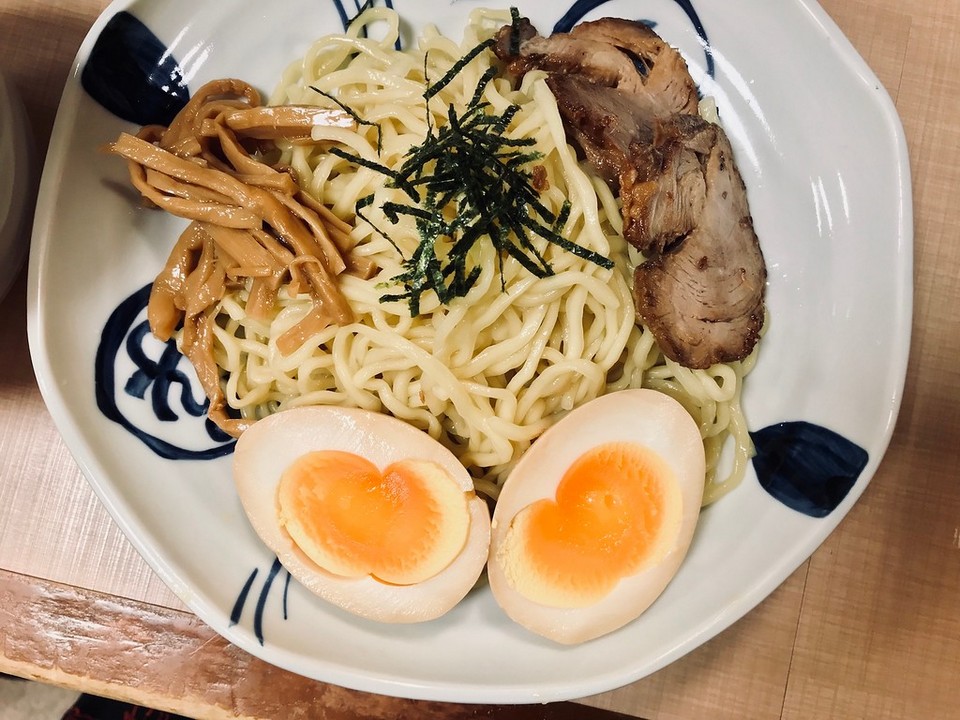

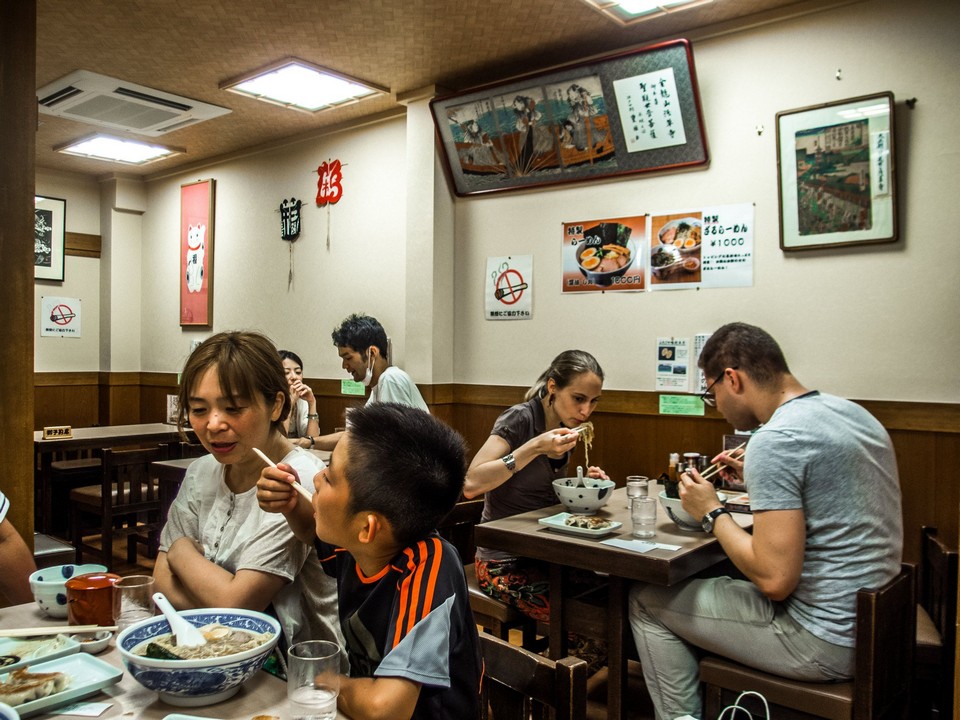
Sushi Zanmai
Address: 2-7-12, Ueno, Taito City, Tokyo, Japan
Phone: +81 3 5807 6543

The popular franchised Sushi restaurant, Sushi Zanmai is located in Kaminarimon Gate, Ueno, serving quality Sushi with fresh seafood ingredients, high nutrition, yet very affordable. Try Tuna sushi (Maguro) especially, which is their most popular topping. The restaurant is open 24 hours, so diners can come here at any time.

Sky Restaurant 634
Address: 1-1-2 Tokyo Skytree, Oshiage, Sumida, Tokyo
Phone: +81 3 3623 0634

The restaurant is located on Tokyo Skytree. At 345 meters above the ground, you can savor French cuisine with a fusion of Japanese tastes in a comfortable atmosphere. Enjoy “Tokyo Cuisine” which combines seasonal vegetables with various ingredients gathered in the metropolis of Tokyo. With luxurious space, a super-wide view covering the entire city, and delicious dishes prepared by the hands of many talented chefs, all will bring an incredibly memorable experience for visitors.


Annual festivals in Asakusa
Apart from famous tourist destinations, Asakusa also offers many attractive festivals that you should not miss them.
Spring (March to May)
Sumida Park Cherry Blossom Festival: This festival takes place from late March to early April at Sumida Park, which contains numerous cherry trees, including the Somei-Yoshino and Oshima varieties along the riverbanks. You can take in the stunning sight of the blooming cherry trees with the Tokyo Skytree in the background, savor the food at the food stalls on both sides of the road, and admire the Tokyo Skytree from the Sumida riverbank.
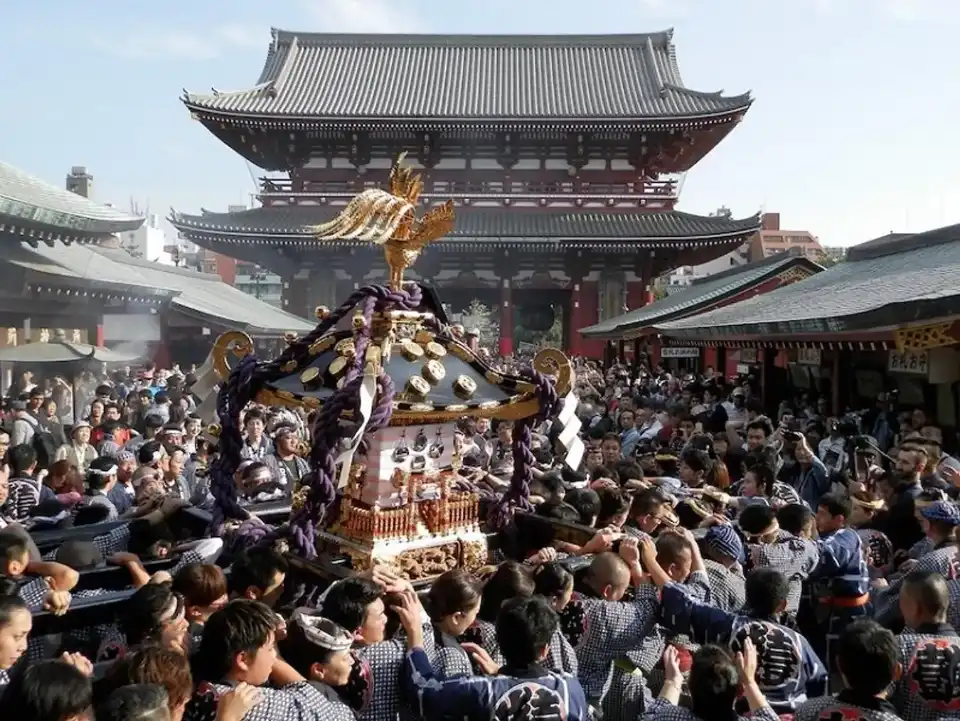
Sanja Matsuri Festival: Usually takes place over the third full weekend in May. Especially on the final day of the festival, the portable shrines (Mikoshi) of Asakusa’s local neighborhoods are brought out and carried through the streets, accompanied by musicians playing Japanese drums and flutes.
Summer (June to August)
Sumida River Fireworks Festival: It is an annual event held on the last Saturday in Asakusa with over one million spectators. They congregate on nearby streets, buildings, parks, and even the river itself, fighting to have the best views of innovative and classy fireworks creations.

Autumn (September to November)
Dougu Matsuri Festival: This takes place in October on Kappabashi Dougu Street, which is a street full of kitchenware stores. It specializes in tools and kitchen supplies for the restaurant industry. Over 100 stores will be participating during this festival, where you will find great deals on cooking utensils, tableware, food samples, and more.
Winter (December to February)
Hagoita-Ichi Festival: Besides a visit to the New Year’s Temple (Hatsumode) at Sensoji Temple, visitors can go to the Hagoita-Ichi (traditional Japanese badminton) festival at Asakusa Toshi no Ichi Shrine, an annual festival every December has its history dating back from the Edo. The festival attracts massive crowds, including tourists, so you should be careful of your travel.

Asakusa is a great place to visit, even if you are on a budget — mainly because it’s a little far away from the central Tokyo attractions. Despite this, it has plenty of things to do while also providing a relaxing and quiet oasis. It has a modern look at Japan’s ancient history and culture. Get a visit to Asakusa to experience true Japanese traditions, arts and crafts, and take a little piece home with you.
Some best day tours, trips, activities and transfer services, tickets in, to and from Tokyo you can refer to
- Private Narita International Airport Transfers (NRT) for Tokyo 23 Wards, Hakone, or Karuizawa
- Private Haneda International Airport Transfers (HND) for Tokyo 23 Wards, Hakone, or Karuizawa
- Airport Limousine Bus Transfers from/to Narita and Haneda International Airport (Free Wifi Onboard)
- Tokyo Amazing Sightseeing Bus Day Tour
- Tokyo Highlights Private Day Tour
- Nikko Day Tour from Tokyo
- Mt Fuji & Hakone Day Tour: Lake Ashi & Ropeway Day Trip from Tokyo
- Nikko Cultural Day Tour from Tokyo
- Tokyo Subway Ticket (24, 48, or 72 Hours)
- Tokyo Skyliner and Tokyo Subway Ticket
- Shuttle Bus Transfers (One Way/Round Trip) from Shinjuku/Ikebukuro to Tokyo Disneyland or Tokyo DisneySea
- Sky Hop-on and Hop-off Bus Pass
- 4G Prepaid Sim Card (JP Airports Pick Up) for Japan
- 4G WiFi (BKK and DMK Airport Pick Up) for Japan (Unlimited Data)
- JR Pass for Whole Japan (7, 14, or 21 Days)

Are you finding more top things to do in Japan: Tours, activities, attractions and other things? Let’s check it out here.
































![10 best airports in Asia in 2016 [RANKED] kuala-lumpur-international-airport-best airports in asia in 2016 by skytrax ratings](https://livingnomads.com/wp-content/uploads/2016/08/29/kuala-lumpur-international-airport-best-airports-in-asia-in-2016-by-skytrax-ratings-218x150.jpg)




















